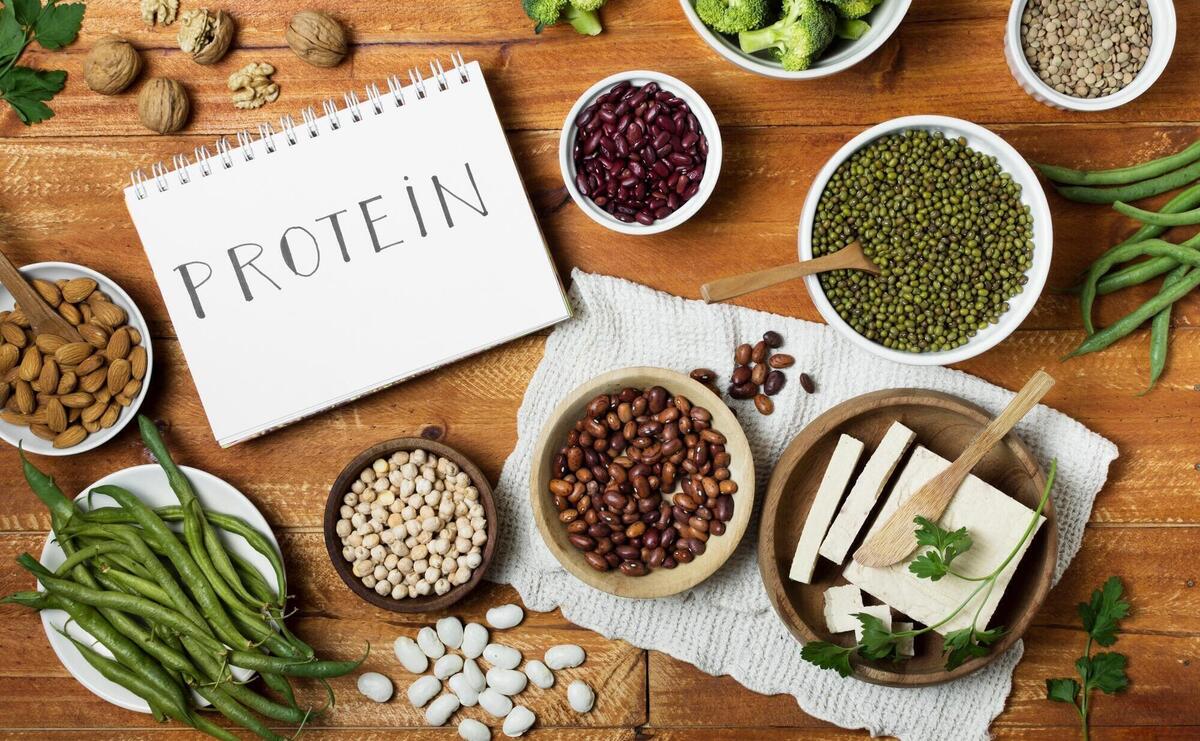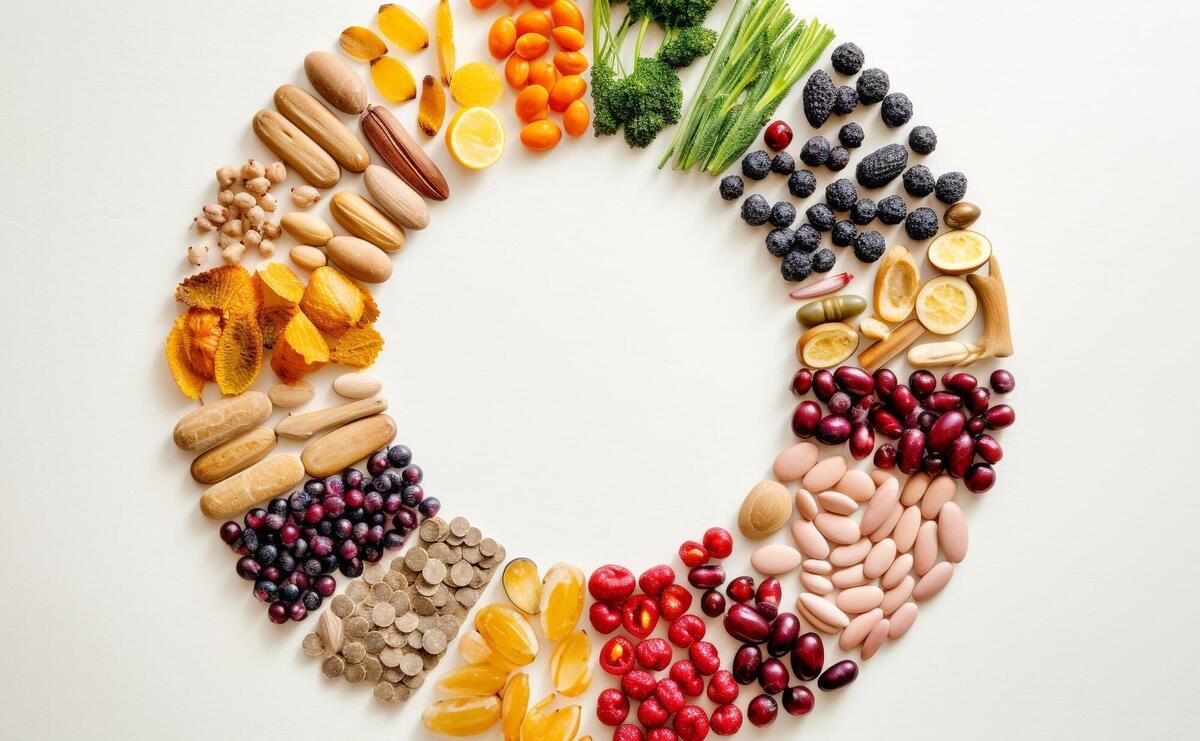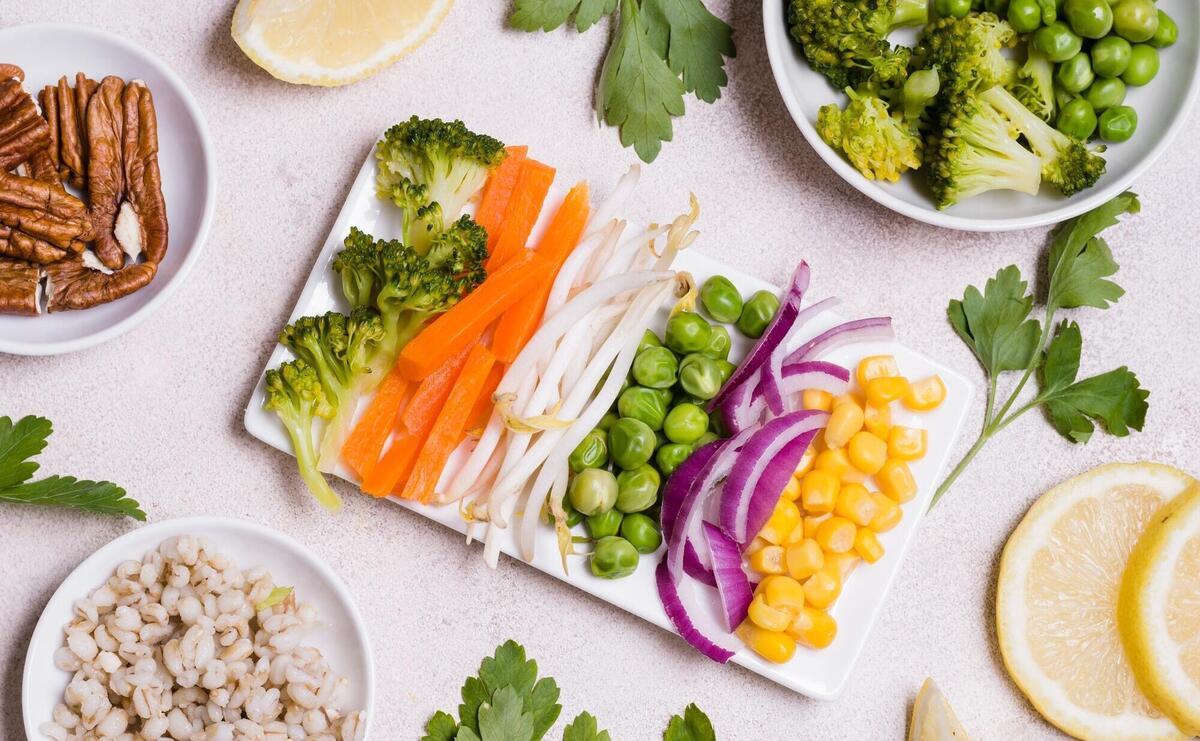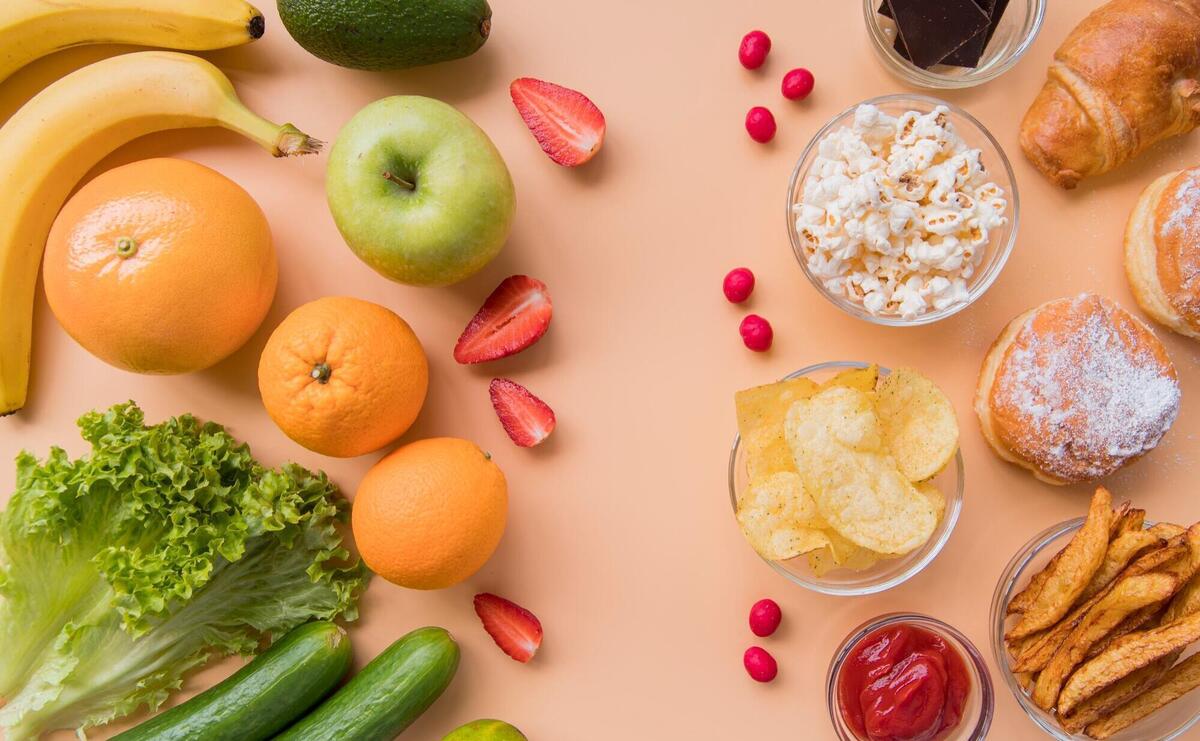The Macrobiotic Diet: Everything You Need to Know
Have you decided to start improving your health and well-being? If so, the macrobiotic diet might be just what you need. This diet helps nourish your body in harmony with nature.
We have put together a complete guide that explains everything about this ancient dietary practice, starting from its philosophical origins to practical meal plans.
By reading this article, you can transform your eating habits – and even achieve greater balance across various areas of your life.
Are you ready for a more holistic approach to living? Then keep reading: the macrobiotic diet just might help you unlock a healthier, more balanced version of yourself!
Short Summary
- The macrobiotic diet includes whole grains, vegetables, and fermented foods.
- The diet emphasizes plant-based meals and consuming locally- and seasonally-available ingredients.
- The macrobiotic diet recommends minimizing the consumption of refined sugars, flour, or processed foods.
- Most animal products are generally limited on this plan as well, unless they’re obtained from sustainably raised sources.
- While it may offer health benefits, following the macrobiotic diet can be complicated and expensive.
What Is a Macrobiotics Diet?

Imagine a way of life that not only revolutionizes your eating habits but also aligns your whole self. That’s the macrobiotic diet - a holistic approach to life that emphasizes balance and harmony.
It involves more than just what you put in your mouth (mainly organic foods); it incorporates gentle exercise and changes in behavior, all aimed at cultivating a natural, tranquil way of being.
Think about eating organic, whole foods free from chemicals and artificial additives tailored specifically for you – taking into account your health needs, gender, age, and even where you live.
Do you need help managing heart disease? Nutritional deficiencies? Lose weight? Pre-menstrual syndrome?
Many people who start a macrobiotic diet say they have found solace – and healing – with this ancient practice. Though there is little scientific evidence to back up its benefits, its followers’ testimonials are compelling: improved health plus enhanced well-being.
From what’s on your plate to what’s in your personal care products, a macrobiotic diet aims to be purer, more balanced, and more mindful.
Who May Get Health Benefits From a Macrobiotic Diet?

If you are dealing with heart disease, battling diabetes, or worried about your risk of breast cancer or any other chronic disease, the macrobiotic diet might light your way on the road to better health.
This largely vegetarian diet, which is low in animal fat, offers a unique approach to managing cardiovascular risk.
Its secret: it can lower cholesterol and triglyceride levels – both indicators of good heart health – making it an alternative (or complement) to conventional diets.
For people with diabetes, there might be some merit in the macrobiotic diet. Some research suggests this eating plan could modestly control blood sugar levels.
But don’t be fooled into thinking that adopting a macrobiotic lifestyle is going to work for everyone with diabetes. Sometimes, conventional medical treatments are a must!
One large study conducted in 2014 suggested a macrobiotic diet was more effective than standard diabetes management but “may not be appropriate” for all situations.
Besides, a mostly plant-based diet such as macrobiotics may offer protective benefits against breast cancer due to its emphasis on vegetables rich in phytoestrogens (plant-derived compounds that resemble human estrogen).
However, remember: while macrobiotics may serve as a complementary therapy -– perhaps even enhancing the efficacy of conventional treatments – it isn’t a cure-all.
Which Foods Are Included in Macrobiotic Diets?

Engage yourself in the realm of macrobiotic eating, where every meal is a tapestry woven with whole and organic grains. They account for a substantial 50% of your daily food intake, so get ready to go grainy!
To give you an idea of what’s on offer from these renegade starches, here are some staples to satisfy your appetite.
- Bulgur Wheat: A masterstroke in versatility – perfect for pilafs.
- Buckwheat: Rich and robust – good for hearty dishes.
- Brown Rice: Nutty and wholesome – a classic.
- Quinoa: Protein-packed – it means business.
- Wild Rice: Chewy and full-flavored like other rice’s kooky cousin.
Whole grains take center stage at mealtimes, but wholegrain pasta and bread may make guest appearances now and again (just not too often!).
Now imagine rustling up something colorful to fill a third of your plate. Something that changes with the seasons. Something that’s grown nearby? Yes! It’s time for vegetables and plant foods.
- Kale and Bok Choy: Lush leaves.
- Cauliflower and Broccoli: Cruciferous crunch.
- Pumpkin and Carrots: Earthy sweetness.
- Onion and Radishes: Spicy tang.
- Parsley and Green Cabbage: Flavorful freshness.
But there’s more to the diet than grains + greens. They’re complemented by:
- Pickles & Beans (protein kick)
- Soy Products (e.g., miso)
- Sea Vegetables (e.g., seaweed)
- Vegetable Oil & Natural Seasonings (the perfect flavor balance)
Imagine ending your day with a comforting bowl of soup simmered with vegetables, lentils, seaweed, and sea salt – plus soy delights like tofu or miso – all prepared with gentle steaming or sautéing. This isn’t merely eating; it’s living, one balanced mouthful at a time.
Which Foods Should Be Limited?

The macrobiotic diet aims to promote balance and natural eating by advising limits on certain foods. These include:
- Animal Products: The diet suggests consuming meat, poultry, eggs, and dairy products only occasionally. Fish may be consumed once or twice a week.
- Processed Foods: Snacks, sweets, and ready meals that are highly processed are discouraged because their nutritional value is low, and they often contain artificial additives.
- Refined Sugars and Flours: It’s best not to eat too many white sugar products or use large amounts of white flour in cooking, as these have been stripped of most of their original nutrients.
- Certain Fruits and Vegetables: In some versions of the macrobiotic diet, bananas, mangoes (and other tropical fruits), tomatoes, eggplant (aubergine), and potatoes aren’t recommended as they’re seen as less balanced by macrobiotic philosophy.
- Spicy Foods: Very spicy or hot flavored foods tend to be avoided for disruption to the body’s balance – but there isn’t scientific evidence behind this
- Coffee & Alcohol: Most forms of coffee alcohol would normally be considered stimulants. A healthy way to follow a macro diet plan is to keep drinking them fairly limited, if you drink them at all.
In general terms, this means not following a strict diet but switching back to simple types of fresh foods using overly processed flavors that are very extreme.
Pros of Macrobiotic Lifestyle

The macrobiotic lifestyle is not just a diet but a comprehensive philosophy that encompasses all aspects of life. Here are some reasons why it’s so popular.
- A Nutrient-Rich Diet: It emphasizes whole grains, vegetables, and fermented foods to ensure maximum nutrition and plenty of fiber for the best possible digestive health.
- Reduced Processed Foods: The focus on natural, unprocessed foods cuts down on unhealthy fats, refined sugars, and artificial additives – which can only be good for your overall health.
- Heart Health: By consuming less animal fat than most people while eating plenty of whole grains and vegetables, macrobiotic eaters may be reducing their risk of heart disease.
- Weight Management: A low-fat, high-fiber diet made up mostly of natural foods will help you stay slim naturally.
- Environmental Benefits: Lots of organic food (the cornerstone of this way of eating) means supporting sustainable agriculture practices – not to mention shrinking your carbon footprint.
- Mental Clarity & Emotional Balance: This lifestyle is about mindfulness and finding balance in every aspect – which could translate into better mental/emotional well-being for you.
Cons of Macrobiotic Diet

The macrobiotic diet, which is helpful for some, has downsides to contemplate. These include the following:
- Not Enough Nutritional Value: It might not provide all critical nutrients since it’s likely low in animal products and, therefore, may be low in protein, vitamin B12, iron, and calcium. This aspect of the diet could be especially problematic for children or pregnant women, as well as individuals who are already malnourished.
- Complexity and Rigidity: Strict adherence can make meal prep time-consuming and add stress to daily life – which might be a challenge if you have limited access to specialty ingredients or a hectic routine.
- Lack of Research Evidence: The macrobiotic diet doesn’t have solid scientific backing with respect to its ability to prevent or treat diseases.
- Social and Cultural Limitations: Following such a regimen can make socializing tough if you’re restricted from eating many common foods; it also adds complexity when dining out or traveling.
- Cost Factors: Organic production – often recommended by followers of this approach – tends to cost more than conventionally grown versions. Furthermore, specialty items like seaweed or certain types of soybeans aren’t typically found at your average supermarket.
It’s important that people considering the macrobiotic diet consult with a registered dietician-nutritionist before making any significant changes because they could end up missing the necessary vitamins and minerals.
Conclusion
Approaching food and lifestyle choices holistically, most macrobiotic diets might be just what some people are looking for.
This style of eating focuses on balance and whole foods, offering potential heart health benefits and nutrient-rich meals—but it also demands careful consideration due to possible nutritional deficiencies.
Like with any big change to how you eat, approaching the macrobiotic diet with mindfulness and balance is crucial. It’s about tailoring it to your own health needs and circumstances.
Starting this way of eating means going on a journey of self-discovery as well as mindful eating—and having a deep commitment to personal health as well as environmental sustainability. Remember that a harmonious life starts with harmonious choices.
Frequently Asked Questions
What Do You Eat on a Macrobiotic Diet?
A macrobiotic diet primarily consists of whole grains, local vegetables, beans, fermented soy products such as miso and tempeh, seaweed, and occasionally fish. The focus is on eating organic food that hasn’t been highly processed.
What Are the Three Principles of a Macrobiotic Diet?
There are three main principles to follow on a macrobiotic diet: a balanced diet (yin and yang), local and seasonal eating, and eating mostly plant-based whole foods.
What Do You Eat for Breakfast on a Macrobiotic Diet?
At breakfast time, you might choose cooked whole grains like brown rice or oatmeal with something fermented – for example, sauerkraut – or perhaps miso soup. Fresh fruit that is in season locally can also be eaten.
What Can't You Eat on a Macrobiotic Diet?
On this kind of diet, you tend to avoid things like processed foods in general, sugary foods, and flours, especially if they’re white, and most animal products, including meat, very spicy food, eggs, and poultry.